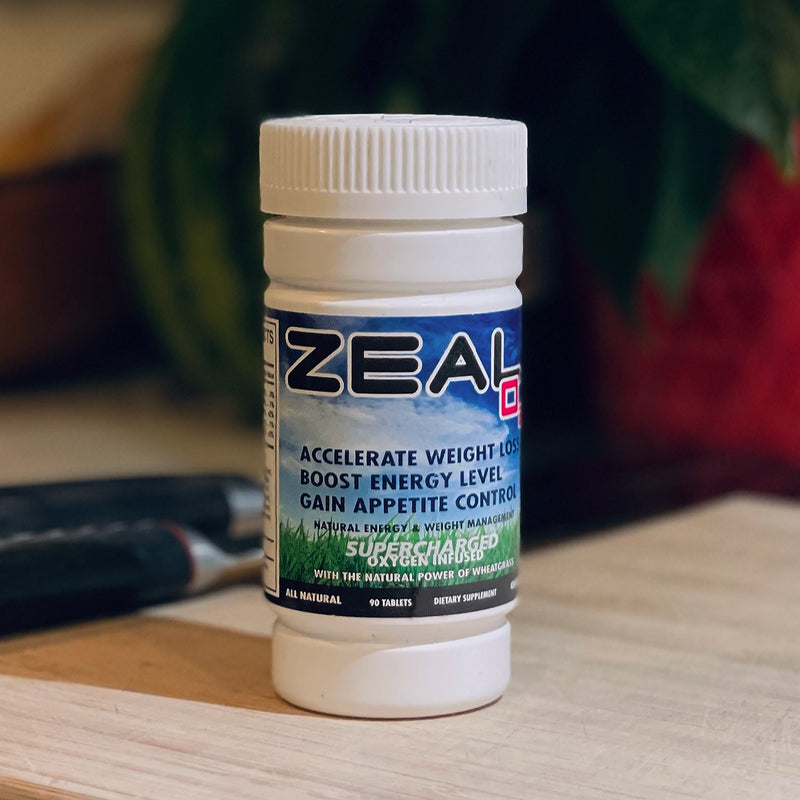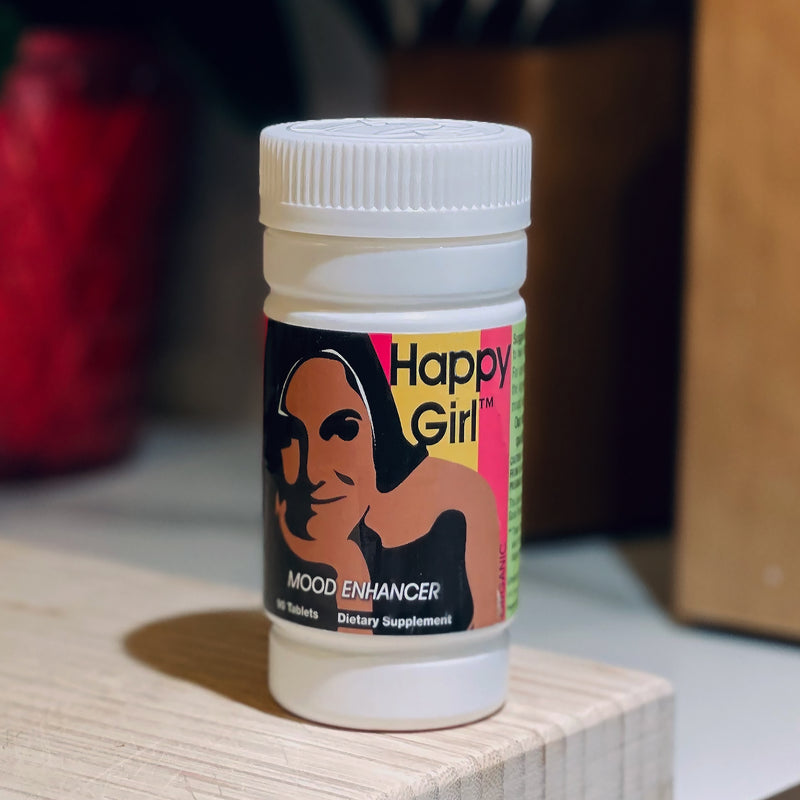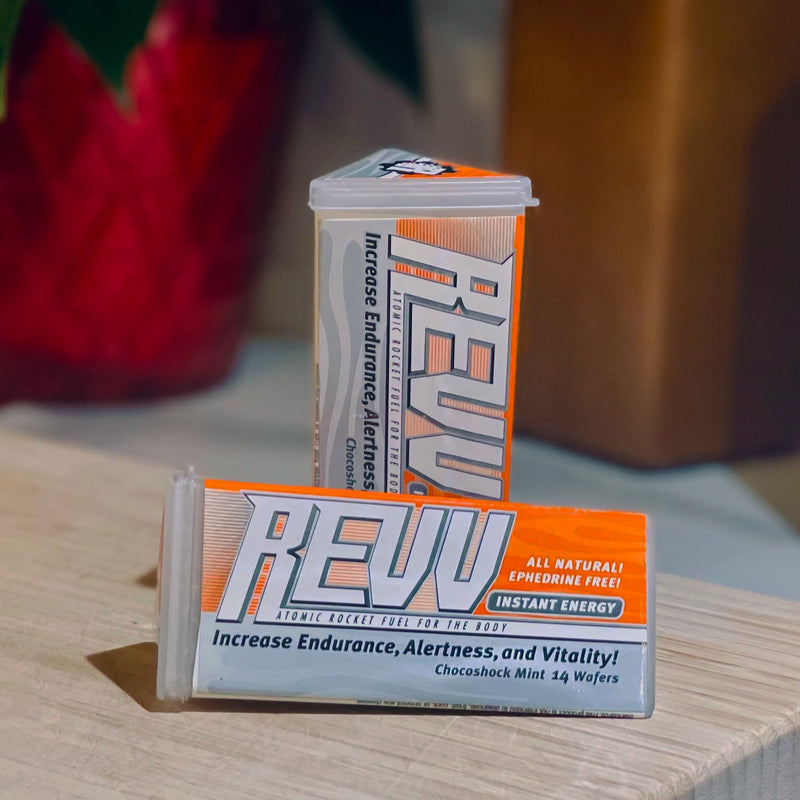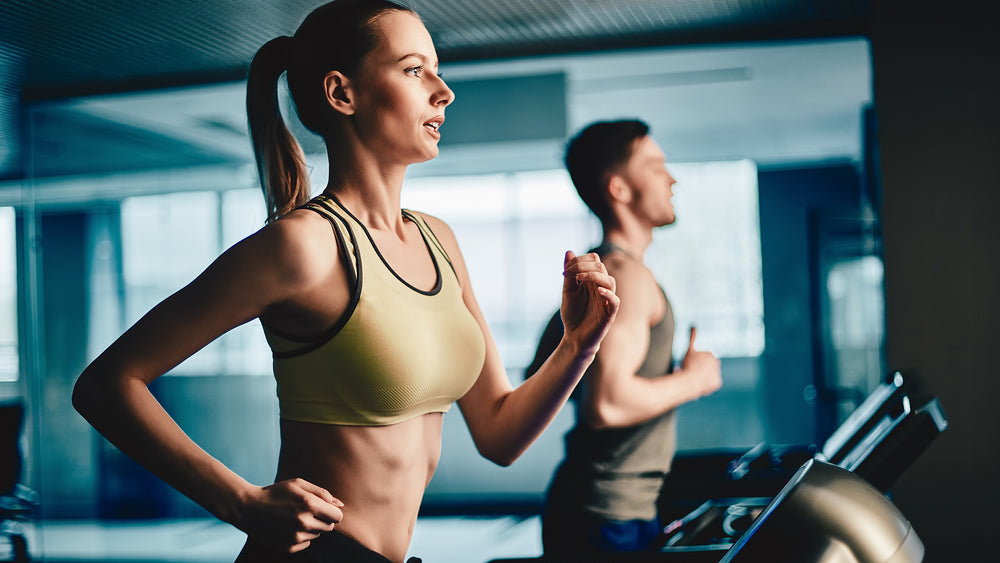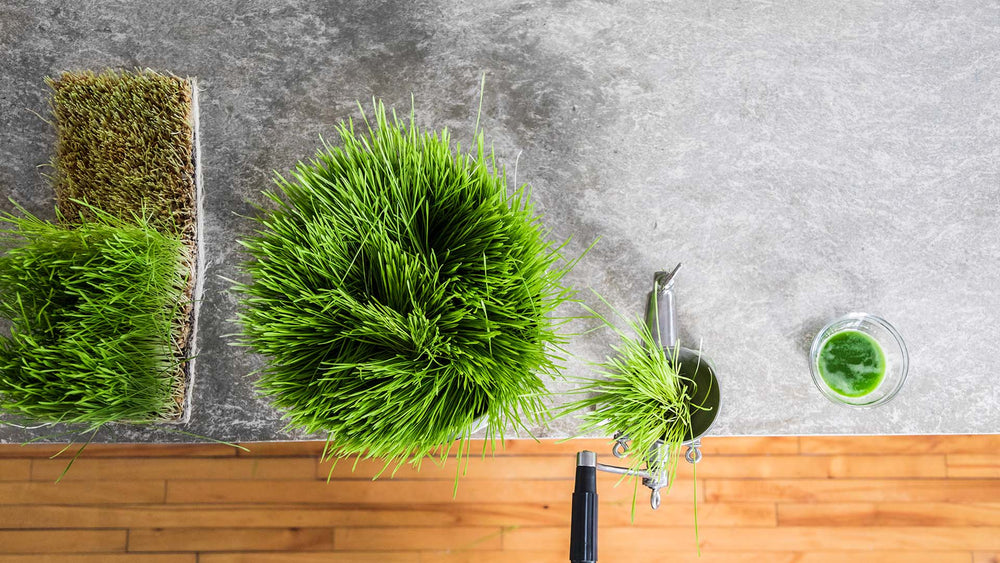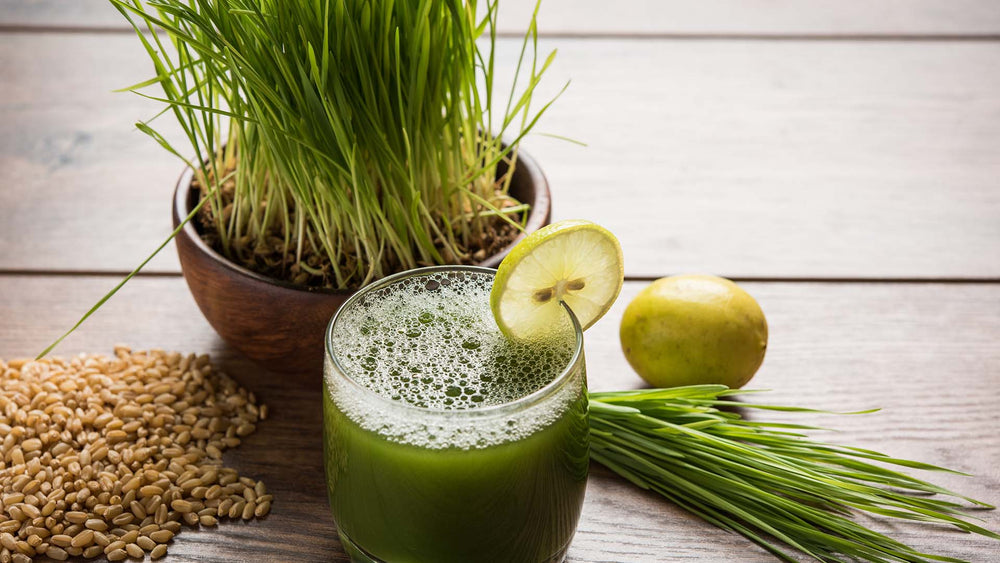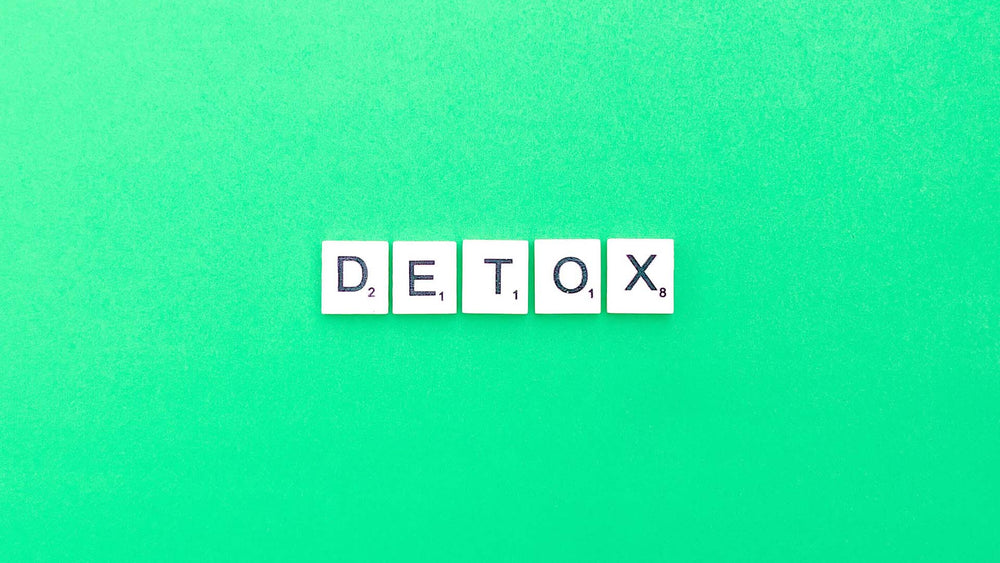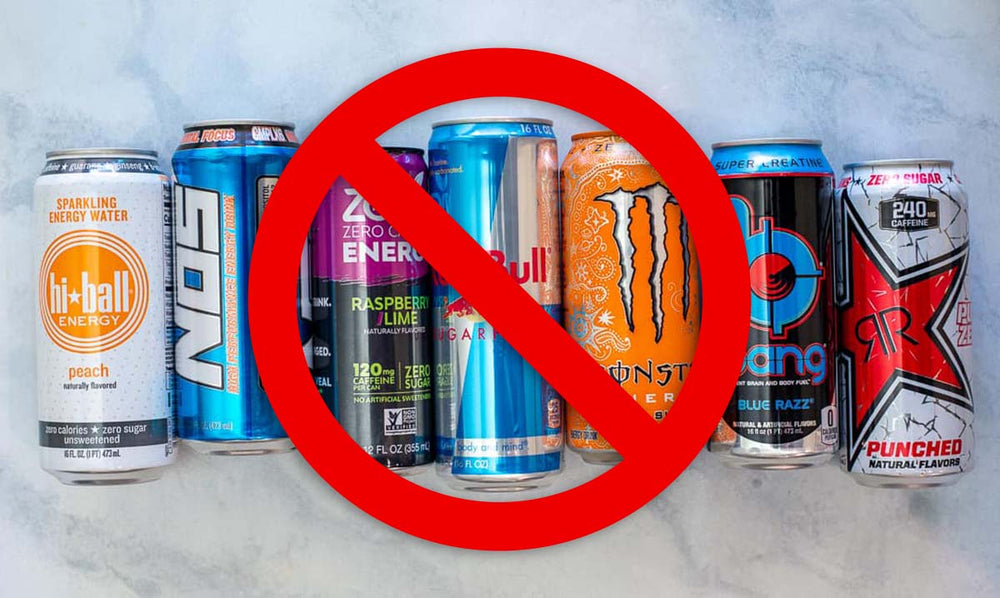As we enter the final weeks of summer, you may be feeling tired more often due to the heat and humidity. If you work or exercise outside, you may feel the effects of a hot summer more than friends who spend most of their time indoors. You don't have go through the motions at half-speed til the weather cools down. Rev up your metabolism the healthy, steady way by eating better and doing exercises that give you more energy.
Drinking more coffee or stocking up on energy drinks may give you a temporary spark, but all that caffeine and sugar (or sugar substitute) isn't good for your health. Instead of overloading on sugar and caffeine when you feel tired, be proactive. Make healthy foods rich in iron, B-complex vitamins and other energy-boosting nutrients part of your diet, exercise, and get out in the sunshine at least a few minutes each day. If you do this, you won't have any problems staying energetic and motivated, even during the dog days of summer.
Replace processed foods and junk foods (which sap your strength and add on pounds) with fresh food. This is easy to do during the summer and early fall, when farmer's markets are open and the produce section of your local supermarket is fully stocked.
Forgo ice cream, iced coffee, soda and other convenient treats to get your energy back in the heat and humidity. Try these 15 healthy foods (and exercises) to fight summer doldrums instead.
Blueberries
Antioxidants are plentiful in most fruits and veggies, but blueberries have one of the highest concentrations of these health-preserving nutrients. Their high in fiber, Vitamin E and Vitamin C to increase energy and improve your immune system.
The blue-red pigment in blueberries, is comprised of anthocyanidins, antioxidants that stop free radicals from damaging cells and tissues. Free radicals lead to a weakened immune system and make it more likely you'll develop cancer, diabetes or other serious diseases. Other antioxidants in blueberries are cholesterol-lowering pectin, ellagic acid, which prevents the development of colon cancer, and pterostilbene, which fights many types of cancer.
Green Tea
There's more to reviving your sluggish metabolism than consuming lots of caffeine. Green tea offers the amino acid L-theanine to improve cognitive function without coffee jitters. A cup of green tea has 24 to 40 milligrams of caffeine, with L-theanine, theobromine and theophylline providing additional buzz without the nerve-jangling effects of strong coffee. Green tea is easier on the stomach than strong coffee for many people, and it tastes light and refreshing iced.
An average cup of coffee contains 95 milligrams, with drip coffee clocking in at up to 175 milligrams a cup. Cola drinks contain between 40 and 71 mgs of caffeine, with Red Bull Energy Drink providing a bit more caffeine at 80 milligrams.
Loaded with antioxidants called polyphenols, green tea is the healthiest metabolism-boosting beverage you can drink. Its active compounds include:
Epigallocatechin gallate (EGCG), the most potent antioxidant in green tea, lowers cholesterol and offers protection against many types of cancer. This catechin has been shown to offer more antioxidants than Vitamin C and Vitamin E.
Theobromine, a stimulant alkaloid also found in chocolate, works with caffeine to increase your energy level.
Theophylline, another stimulant, smoothes muscles in air passageways, making breathing easier. It's used in many asthma medications. It stimulates heart rate, and may aid weight loss by suppressing appetite.
Salmon
Salmon's high B vitamin content boosts energy naturally. A Tufts University study found that 40% of Americans are deficient in Vitamin B12.The elderly, vegans and vegetarians are most susceptible to this deficiency.
A four ounce serving of wild salmon has 158 calories, and contains 236% of the daily recommended value (DV) of Vitamin B12, 128% of Vitamin D and 56% of Vitamin B3 (niacin). Salmon's also a good source of protein, magnesium, Vitamin B6, choline, selenium and phosphorus.
Almonds
If you're feeling tired and need a quick pick-me-up, grab a handful of almonds, which are packed with energy-elevating fiber. Almonds contain antioxidant-rich Vitamin E, which has been shown to fight inflammation and improve mental function. These nuts help lower cholesterol and are an excellent source of copper, biotin (Vitamin B7), Vitamin B2 and protein.
Aerobic Exercise
Any type of physical activity, even walking up a flight of stairs or doing the laundry, gets your endorphins going, making you more energetic (and happier).
Aerobic or “cardio” exercise stimulates your heart and breathing rate. Oxygenated blood is pumped to the heart, delivering oxygen to muscles. Aerobic exercise includes walking, jogging, swimming, dancing, hiking and working out on cardio machines at the gym. The American Heart Association recommends 30 minutes of moderate aerobic exercise five days a week or intense aerobics sessions of 20 minutes three days a week.
Aerobic exercise uses large muscle groups for a sustained period of time, and strengthens your heart and lungs. A regular aerobic exercise program will help you stay energetic and fight fatigue.
Lifting Weights
Lifting weights, like other forms of exercise, gets your endorphins sparking, which makes you more energetic. You don't need to lift heavy barbells like competitors at the Olympics to get the benefits of strength training. Even lifting 5 pound arm weights will raise your metabolic rate and increase your energy level. And there's an unexpected advantage to weight lifting. Lifting weights will help you lose more fat than aerobic exercise, according to a Penn State study.
Wheatgrass
Wheatgrass is what your cat eats, but it's a nutritious superfood for humans, too. This plant pumps up your energy while offering lots of other health benefits. Better digestion, increase in blood and oxygen flow, sharper concentration and mental clarity and protection against cancer-causing agents are just a few of the benefits of wheatgrass.
Wheatgrass is predominantly chlorophyll, one of nature's most perfect foods. Chlorophyll is the pigment that gives plants and algae their green color. It contains hundreds of vitamins, minerals, enzymes and amino acids. The nutrients in chlorophyll include:
- B-complex vitamins
- Vitamin C
- Vitamin A
- Vitamin E
- Magnesium
- Iron
- Zinc
- Selenium
- Potassium
- Calcium
Add an extensive list of enzymes (super-oxide dismutase, peroxidase and hundreds of other enzymes you can't get in other foods) and amino acids (necessary to form protein), and you have more nutrients than you get in a regular multi-vitamin.
You can't chop up wheatgrass and add it to your salad like other greens.
Wheatgrass juice is promoted heavily by the media, but you can also take wheatgrass in supplement form as a wafer or pill.
Spinach
Spinach, kale's less-trendy cousin, has long been revered for its nutritional benefits. Full of magnesium, protein, fiber, B vitamins, iron and Vitamins A and C, this powerhouse veggie will renew your strength in no time. Add it as a side dish at dinner instead of potatoes, or make a salad or main dish with fresh spinach.
Eating spinach may help your muscles perform better during workouts, according to a Swedish study, so include spinach in your meals before your visits to the gym. The antioxidant flavonoids in spinach protect your body from free radicals and sharpen brain function and clarity.
Berries, Avocados and Other Foods with Fiber
Your body can't digest fiber, but it will try to, causing you to expend more energy than you would when you eat other types of food. Get more fiber by eating:
- Avocados
- Berries
- Figs
- Beans
- Peas
- Nuts
- Quinoa
A fiber-rich diet lowers cholesterol, keeping your cardiovascular system healthy.
Fiber fills you up faster, which prevents you from overeating. Since it improves digestion, it keeps your stomach and intestines cleaner, paring even more excess weight off your tally.
Milk and Other Foods Containing Choline
First recognized as a nutrient in 1998, choline is necessary for nervous system function and methylation, the biochemical passing of methyl groups to various cells. A choline deficit many cause memory loss, heart disease and other serious health problems. It's similar to folate and other members of the B vitamin family, and is essential for good metabolism and cognitive function.
Fortunately, this lesser-known nutrient is available in a wide variety of foods you eat everyday. Choline is found in egg yolks, salmon, bacon, shrimp, peas, navy beans, cauliflower, broccoli, almonds, milk and several other foods. Choline is necessary for healthy fetal development, and helps prevent birth defects. Pregnant and breastfeeding women should eat 450 to 550 mgs of choline a day.
Lean Meat
Lean red meat is an excellent source of Vitamin B12, the go-to vitamin for extra energy. Studies show up to 40% of Americans have “low normal” amounts of Vitamin B12 in their bloodstream. Vitamin B12 deficiency leads to fatigue, anemia, difficulty concentrating and mood changes, and may cause serious neurological problems if not treated.
To increase energy during the heat or anytime, eat a diet rich in animal-based foods, including:
- Beef liver
- Sardines
- Salmon
- Milk
- Red meat
- Swiss cheese
- Yogurt
If you don't eat meat, you can get Vitamin B12 from fortified breakfast cereals, milk, cheese and eggs. Vegans need to take a Vitamin B12 supplement daily, get Vitamin B12 shots and/or eat B12 fortified foods every day to avoid Vitamin B12 deficiency.
Yoga
Yoga asanas are well-regarded as antidotes to stress, but several poses are designed to increase circulation and prime your body for action. Arm pumps invigorate the flow of energy from your spine to other parts of the body. Stretch your arms overhead while in a seated position. Bring them up and back down to your knees in a seamless motion for three minutes and work up to seven minutes in succeeding sessions.
The popular downward facing dog is an instant energizer. Hold this simple stretch for at least one minute to rejuvenate after an exhausting day. It also improves circulation and helps regulate blood pressure. The Bridge pose is a back bend designed to release energy from the spine and nervous system into the rest of the body. Lie on your back with arms resting by your sides. Lift your hips up and breathe deeply for a count of five. Repeat a few times. The Bridge has other health benefits, including a better mood and improved digestion.
Water
It's a given that most of us drink more water during the summer - and if you don't, what's stopping you? Water keeps you hydrated, which makes you feel stronger. When you don't drink enough water (or drink too much alcohol), you feel fatigued. Hot weather makes you even drowsier. Some prescription medications, stress and diabetes increase your risk of dehydration. Carry bottled water with you if you know you're going to be outside in hot weather all day.
Oranges
Eat an orange for a slow but steady energy rush during the day. This Vitamin C rich fruit has plenty of fiber and pectin to fill you up and prevent you from snacking on unhealthy foods. The folate in oranges aids in production of red blood cells, preventing fatigue and anemia.
For more energy during the lazy days of summer – or anytime – try Revv Natural Energy Supplement from Wheatgrass Love. It has a great chocolate mint taste and the power of wheatgrass, B-complex vitamins, L-taurine, caffeine, and more!
What foods do you eat when you need to boost your energy? Let us know in the comment section!


